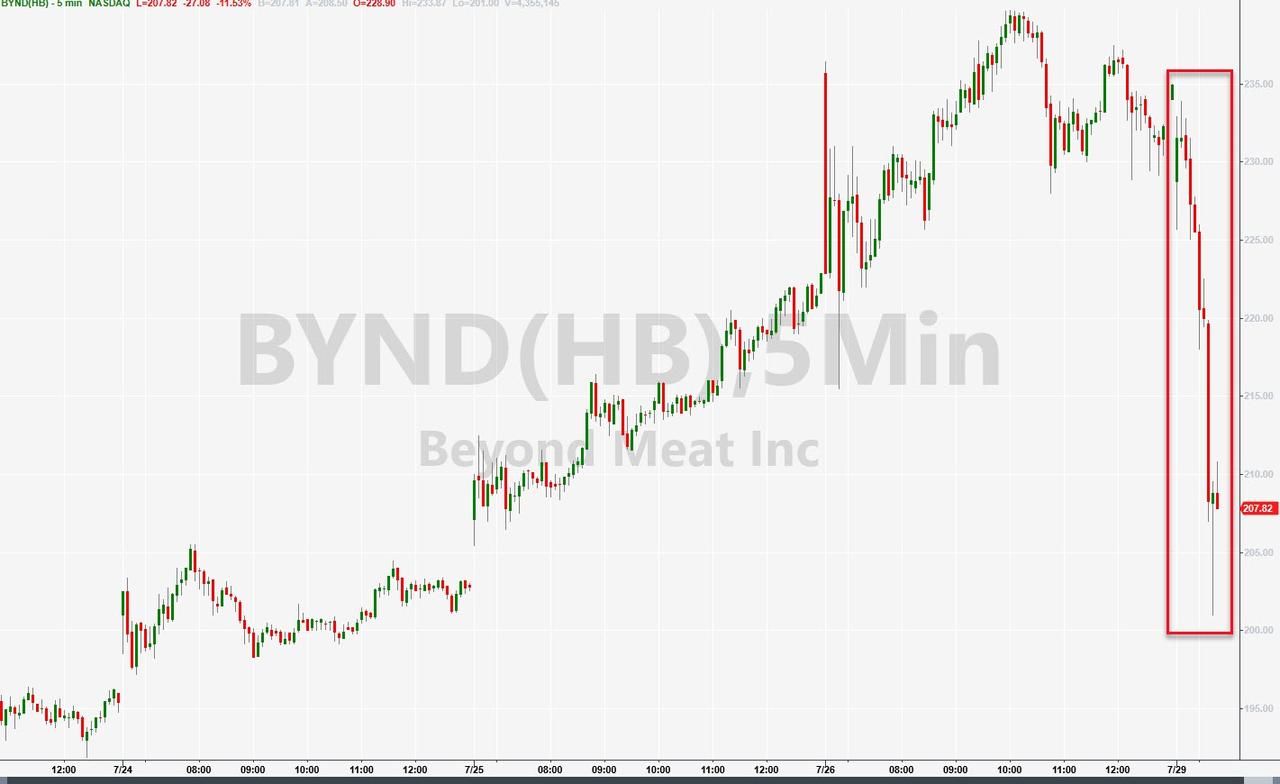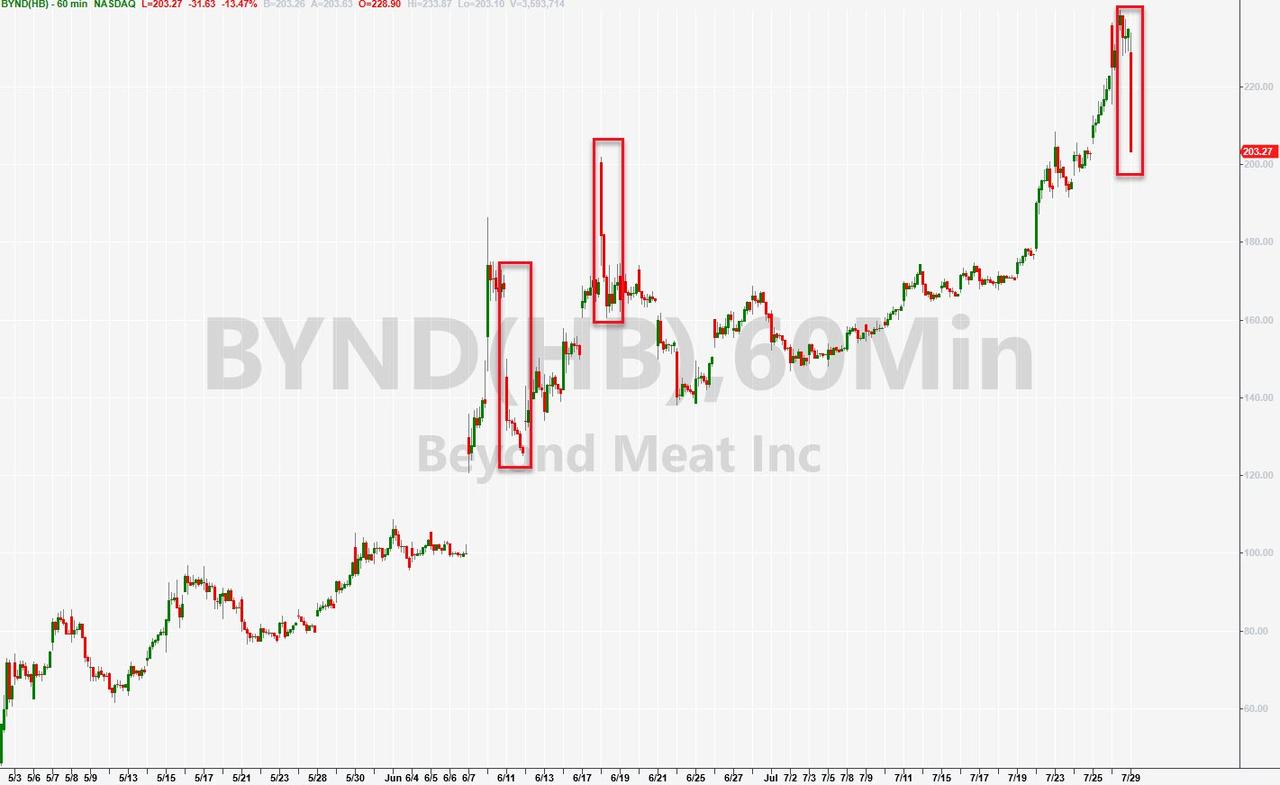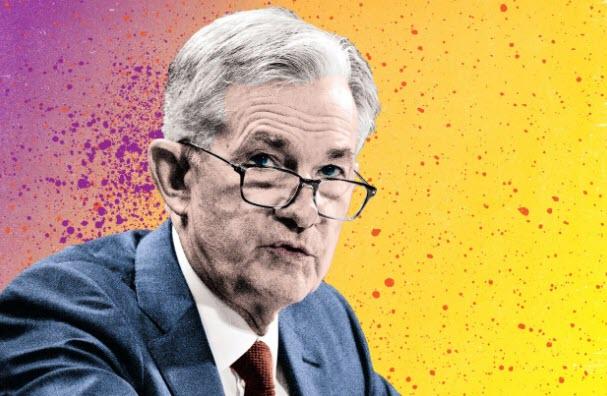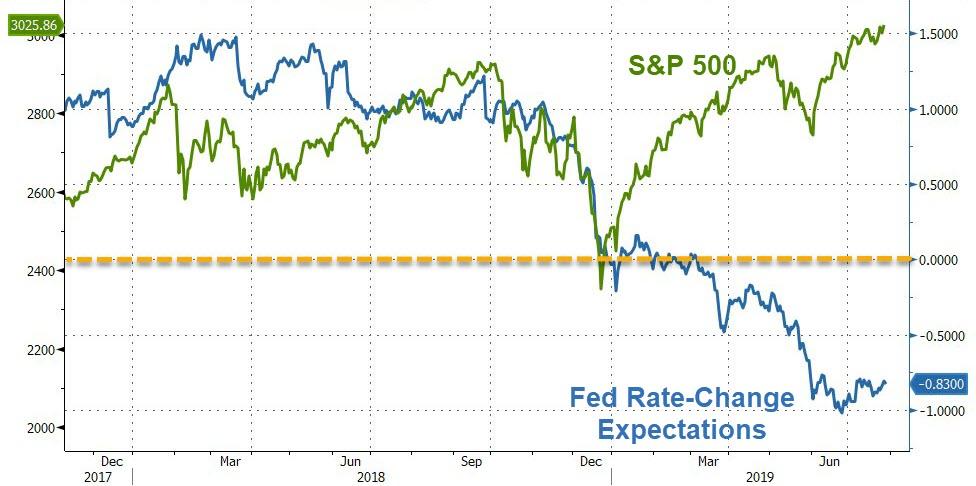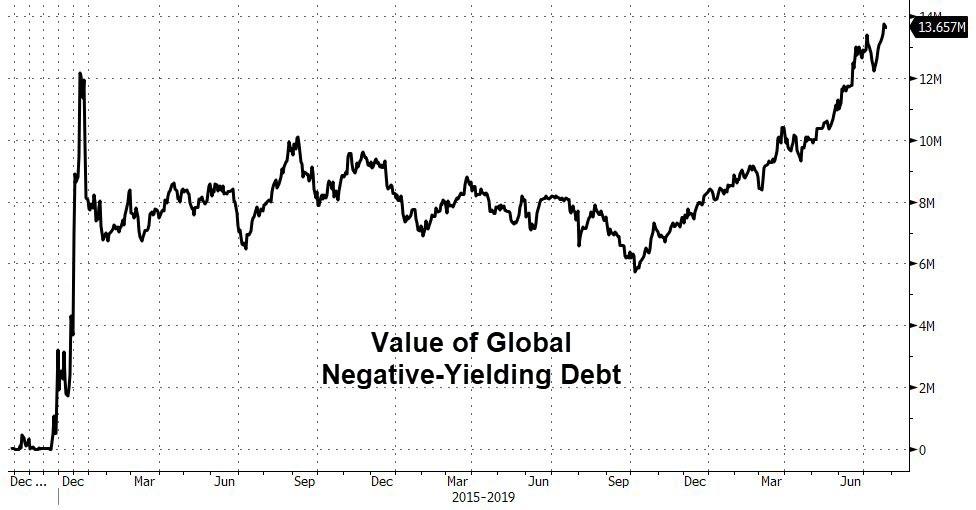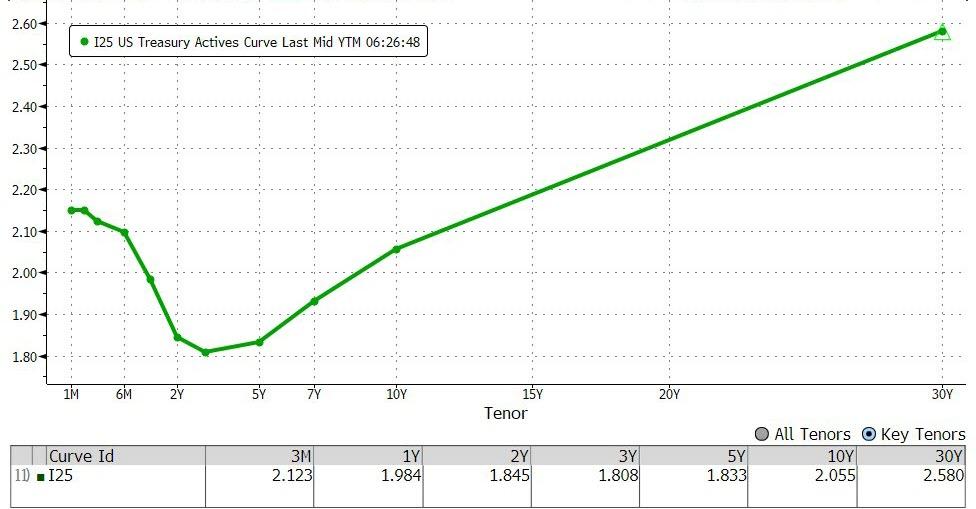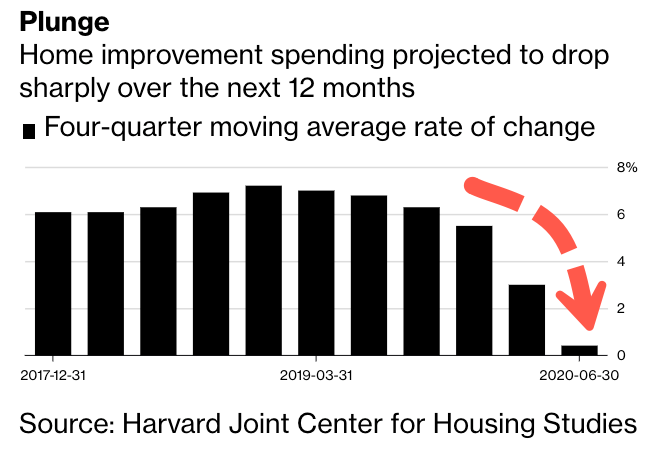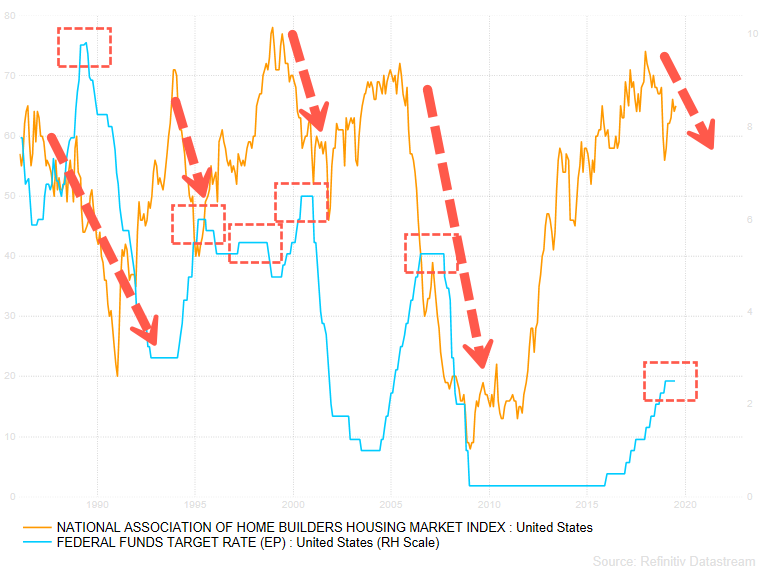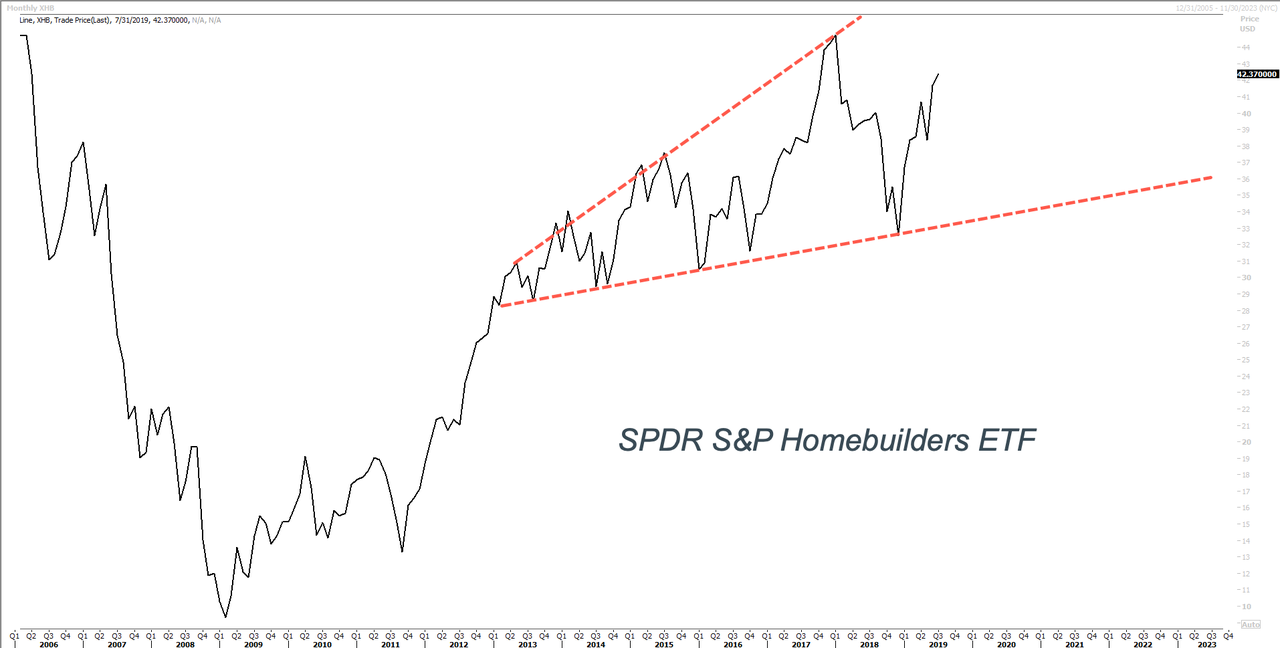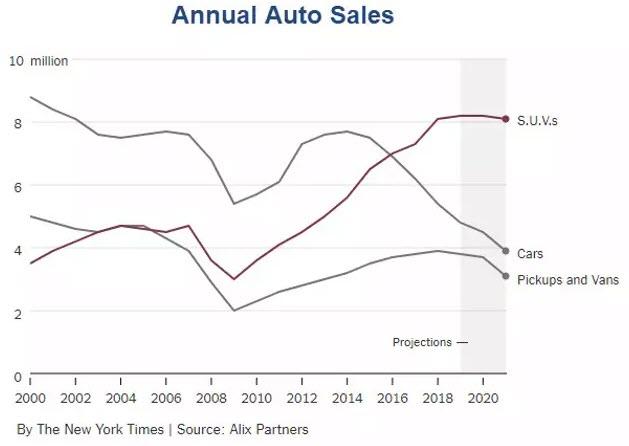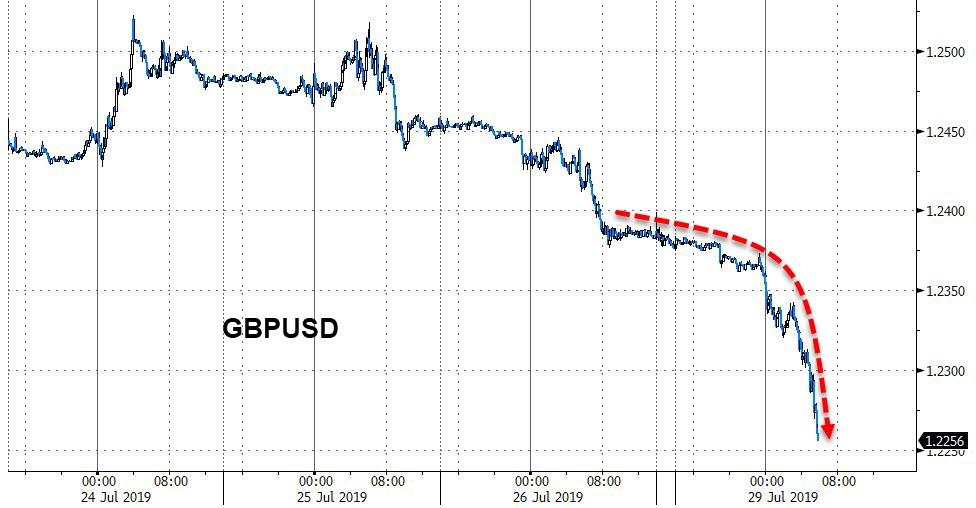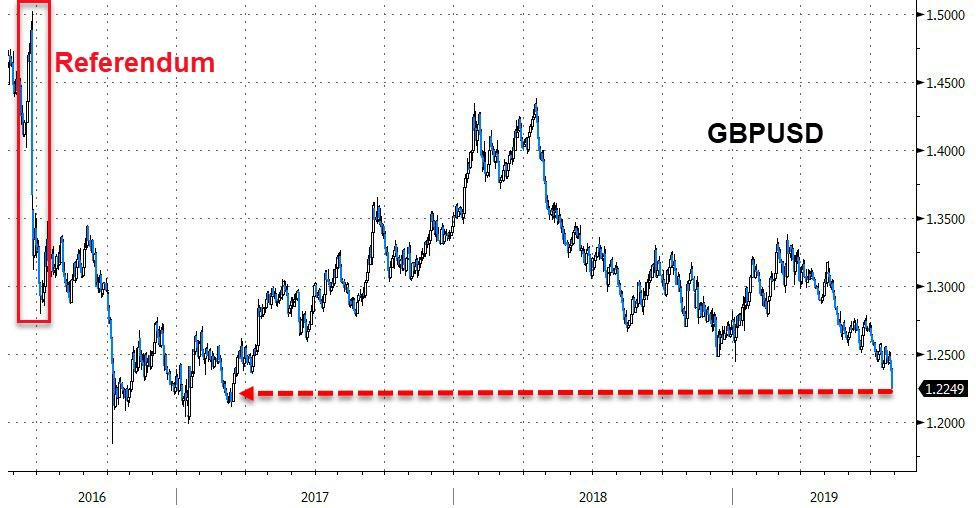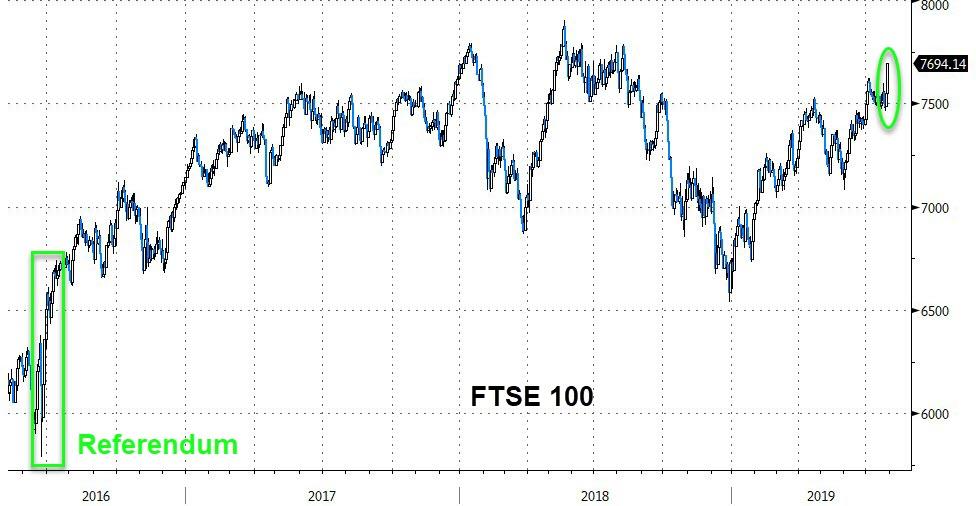Our annual Sovereign Academy is just around the corner.
Each year, I invite the most talented entrepreneurs I know to teach and mentor a group of 50 young people from around the world.
The camp is entirely free for students – I pay for everything myself out of pocket. It’s also one of my favorite times of the year.
One of the mentors there has been with me since the inception of the camp nearly ten years ago.
He’s hands-down one of the most talented entrepreneurs I know.
For simplicity’s sake, we’ll call him Michael.
A couple of years ago, Michael started an automated domain sales business.
The business model was brilliant. Michael’s proprietary software would scan the internet for attractive domains for sale, purchase them, and then scour the web for a potential buyer.
So for example, Michael’s company would acquire ilovedomains.com, and then find out who would be interested in buying it – including owners of similar domains like ilovedomains.net.
The business immediately became highly profitable. And Michael made a lot of money.
But a couple of years ago, Michael was sued by somebody who claimed they had been victim of a phishing attack on a domain that Michael had owned six years prior.
(A phishing attack happens when hackers build fake websites who resemble real ones to extract sensitive data like online bank login details or social security numbers from people).
But here’s the interesting part… Michael owned the domain for exactly 30 minutes– in 2009.
Since then, it has been bought and sold multiple times, eventually ending up as domain for a scam website.
And so the victim sued Michael, even though he was no longer in possession of the domain – and wasn’t when the attack happened.
Of course, any rational person would have seen that Michael couldn’t possibly have been involved in the scam.
But lawyers on the other side refused to budge.
That’s because no matter the outcome of the lawsuit, they’d collect their fees. That’s the sad truth of America’s justice system.
Lawyers are willing to take on completely baseless cases – simply because they know that most people will settle at the simple prospect of facing a lawsuit that could drag on for years.
It used to be that success was celebrated in America. But today, it puts a target on your back that says “come after me, I’ve got money.”
Remember, if you pay any kind of income tax at all, you’re better off than 50% of Americans.
So lawyers will not care whether their case makes any sense at all, as long as they get paid fat fees for dragging you in court for years.
And since I started Sovereign Man ten years ago, the situation has only gotten worse. I hear almost daily of cases like my friend Michael.
That didn’t use to happen. But now it seems like it’s almost a full-time career to spend your time suing successful people.
It’s pathetic and sad. But it’s the new norm in the Land of the Free.
Therefore, it makes sense to take simple steps to ensure that even if frivolous creditors come after you with bogus lawsuits, you and your family are protected.
You can form a domestic LLC for asset protection purposes – or even better, you can consider opening a foreign LLC in a country with solid asset protection features.
And despite what pornstars might tell you, opening offshore corporations for asset protection is completely legal.
In fact, they’re the grease of the world economy. They allow international entities to come together on neutral ground, and operate under a recognized legal system.
That way, a Chilean investor in a Sri Lankan infrastructure project can structure their investment in the British Virgin Islands, to have recourse under one of the most recognized and clear legal systems in the world.
Unfortunately, most people are completely misinformed and think all offshore structures are used to shelter dirty terrorist money.
But that couldn’t be further from the truth.
Offshore structures have the benefit of offering some of the strongest asset protection benefits in the world.
Members of our flagship international diversification service, Sovereign Man: Confidential have access to an in-depth video library with over a dozen videos covering everything you’d ever want to know about asset protection.
Domestic and foreign companies, trusts, estate planning, taxes, compliance– you name it, we’ve got it.
But it’s such an important topic that I want to make sure our free readers also benefit from it. So I decided to share one of our premium videos with you.
Inside, you’ll learn why a well-structured foreign asset protection company will terrify lawyers of frivolous creditors that are trying to come after you and your assets.
The beauty of this strategy is that once you implement it, it becomes almost pointless to come after your assets. Even if a frivolous creditor wins a suit against you, they still lose (you’ll learn in the video how that’s possible).
You can watch the video here.
And if you’d like to get access to every other premium video, intelligence report and black paper we’ve released over the past ten years… There hasn’t been a better time to join Sovereign Man: Confidential in years.
As part of Sovereign Man’s 10-year anniversary we’ve been offering a large 63% discount on Sovereign Man: Confidential.
But we’re closing this rare offer ON WEDNESDAY.
So click here to learn about Sovereign Man: Confidential and take advantage of our offer to join and save 63%.
(And you can try it risk-free for 30 days with our 100% money back guarantee)

Source
from Sovereign Man https://ift.tt/2Mow40w
via IFTTT
